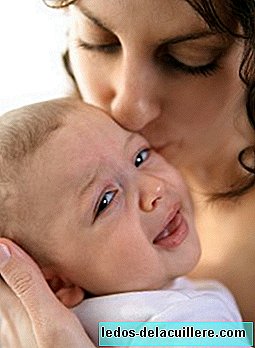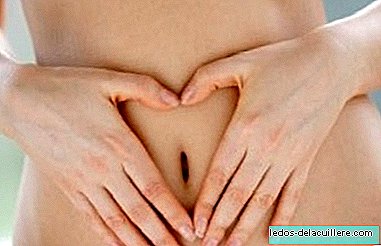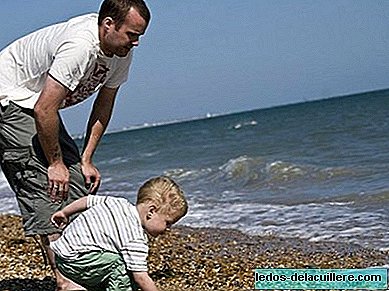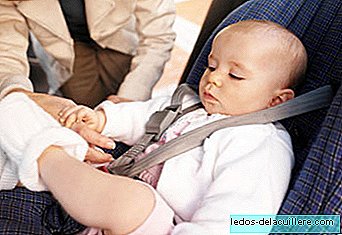
As we know, children weighing up to 36 kilos should always travel subject to a safety element appropriate to their age, weight and height or else they will be exposed to very serious injuries in a traffic accident. Thus there are several types or groups of child restraint systems, approved chairs ready to be placed in the vehicle and ensure the safety of the little ones.
Child restraint systems cover several stages of growth in children, which translate into several groups: group 0, group I, group II and group III. Let's see them one by one.
- Group 0 (children up to 12-13 kg).
Approximately corresponds to the first 18 months of life. The safest option is a small chair covered almost entirely ("egg") and is secured with the rear seat belts. The position is the most ideal for the baby, looking back, in the opposite direction to the march. There are other systems that are basket type and are located transversely, but they are not so safe, since in the event of a collision the baby's head is too loose.
- Group I (children up to 18 kg).
When they reach one year of age and up to 4 years or 18 kilos, they can go in a chair that will be placed in the front or rear seat. They can be installed either in the direction of travel or vice versa, in the latter case it is fixed with the three-point seat belt.
- Group II (children from 15 to 25 kg).
Children between 3 and 6 years old can use a chair (booster cushion) with a backrest located in the back seat of the vehicle, placed in front, which allows them to use the vehicle belt. Take care that the child moves under the belt and that it is not on the abdomen of the child but on the hip. In addition to these cushions there are seats with belt adjustment that do not have their own harnesses and that are less recommended, as they offer less safety. Colloquially they are known as "quitamultas".
- Group III (children from 22 to 36 kg).
Children from 6 to 12 years old between 22 and 36 kg must use a lifting cushion that is height adjustable and placed in front so that the vehicle belt can be worn over the clavicle and the child's hip. For these ages it is also safe to use special harnesses that are the perfect substitute for those of the car (they look like those of the racing drivers).
There are various combinations of groups, although it is best to choose each chair separately, because it adapts better to the characteristics of the child, providing greater security.
In addition, we must check that they are approved seats. To be approved, current models must comply with requirements of the ECE R44 / 04 directive, which entered into force in June 2005, or ECE-R44 04. This is a universal regulation, which indicates that the seat is valid for all types of vehicles.
All these child restraint systems, which are installed with the 3-point belt of the vehicle, must have an orange label located on the back. If the seats are duly approved, we will be certain that they have been subjected to a series of tests thus guaranteeing their safety and reliability. And, as always, we will have to drive with prudence and common sense.




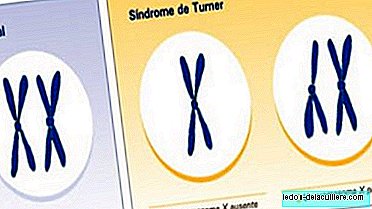


)
